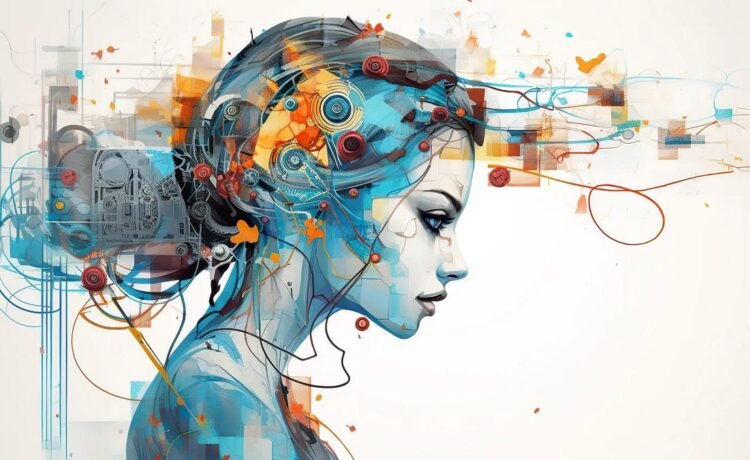It’s knowledgeable, confident, and behaves human-like in many ways. But it’s not magic that powers AI though; it’s just math and data.
Why do machines learn? Even in the recent past, this would have been a ridiculous question, as machines — i.e., computers — were only capable of executing whatever instructions a human programmer had programmed into them. With the rise of generative AI, or artificial intelligence, however, machines truly appear to be gifted with the ability to learn, refining their answers based on continued interactions with both human and non-human users. Large language model-based artificial intelligence programs, such as ChatGPT, Claude, Gemini and more, are now so widespread that they’re replacing traditional tools, including Google searches, in applications all across the world.
How did this come to be? How did we so swiftly come to live in an era where many of us are happy to turn over aspects of our lives that traditionally needed a human expert to a computer program? From financial to medical decisions, from quantum systems to protein folding, and from sorting data to finding signals in a sea of noise, many programs that leverage artificial intelligence (AI) and machine learning (ML) are far…









